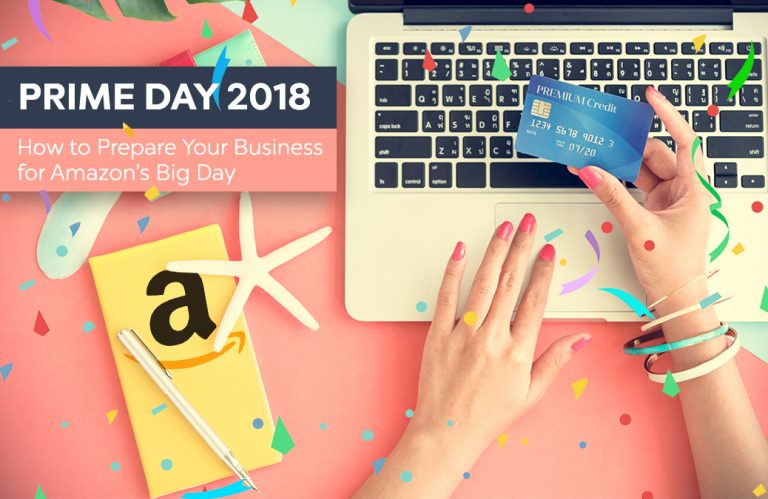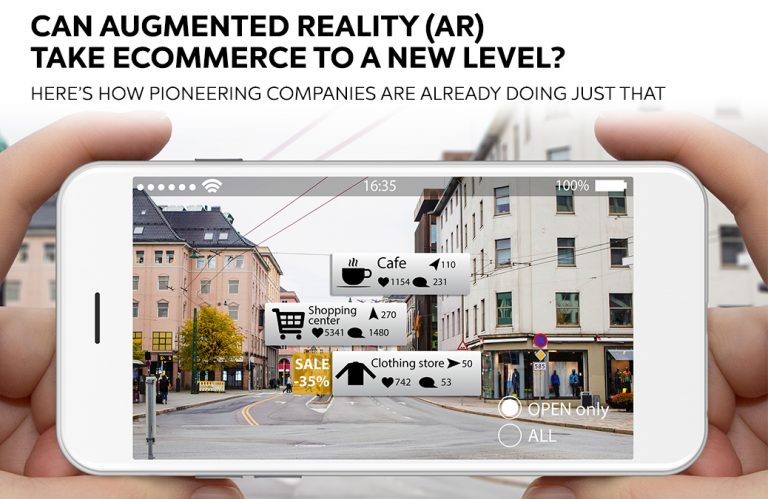

Often referred to as “the Black Friday of Summer,” Amazon Prime Day is an annual Amazon-wide sale available to Prime members that takes place mid-July and features promotions across thousands of items sold on the online marketplace. While the exact date of Prime Day 2018 has yet to be confirmed by Amazon, we estimate this year’s event will take place July 10-11, with the first deals launching as early as July 9.
Established in 2015, Amazon Prime Day has become a global phenomenon for both businesses and consumers. On the official day(s), Amazon launches new deals and promotions to Prime members as often as every five minutes, featuring what the company considers the best deals of the day as Spotlight Deals. While Prime Day deals are only made available to Amazon Prime members, shoppers can – and often do – sign up for a free trial of the service just for the sake of the event, bringing a mass of new eyes to a range of products.
This surge of additional traffic to the website creates a significant opportunity for Amazon Sellers and Vendors. Visibility is widely considered a key Prime Day goal for companies on Amazon, rather than sales. By focusing on brand visibility during Prime Day, Sellers and Vendors set themselves up for long-term sales growth that extends past the day itself.
That being said, the creation of Lightning Deals and Best Deals are still two popular ways to participate in Prime Day by generating actual sales. If you do decide to be part of this program, your deadline to submit your deals to Amazon is May 31, 2018.
Here are 4 ways to really leverage Prime Day to build brand visibility on Amazon.com
1. Track Your Inventory
Taking advantage of the increase in traffic during Amazon Prime Day means making sure your inventory can handle an increase in orders – even those without a deep discount attached to them. Since brand visibility is a key goal during Prime Day, selling out of product means more than just losing out on potential sales – it means a lost opportunity to be seen by new and eager visitors.


In preparation for Amazon Prime Day 2018, it’s important to start managing your inventory now, forecasting sales for the event, and making sure you have or Amazon has – in the case of Fulfilled by Amazon – enough stock to last the duration of the event.
If you have a large catalogue and require help managing it on Amazon or otherwise, click here to learn about geekspeak Product Data Management Services.
2. Leverage PPC Advertising
When it comes to brand visibility on Amazon, one of the most important tools to consider is Pay Per Click (PPC) advertising. With an increase in traffic to Amazon, it is critical to bid high for ad space in your most relevant categories. This ensures you are being seen and recognized by the high number of shoppers flocking to Amazon during Prime Day.
It’s a good idea to set aside additional budget for Prime Day in order to accommodate the extra traffic. Bids and budgets should be adjusted at least the Friday prior to Prime Day’s launch. If we are correct in assuming this year’s deals will begin on July 9, your campaigns should be set up with proper funds by Friday, July 5. This way, you are able to capitalize not only on the influx of visitors on Prime Day itself, but those shoppers who like to search Amazon early to create their wish lists.
To learn more about how geekspeak handles Amazon PPC Advertising, click here.
3. Drive Traffic from Outside Amazon
As with any seasonal promotion, it is just as important to create a buzz outside Amazon as it is to advertise within Amazon itself. With Prime Day, you can leverage a Social Media Promo Code to create a unique Amazon landing page for your promotion and direct traffic from your own outside sources to your offer. Whether or not your social media followers were planning on shopping on Amazon for Prime Day, you have now given them a reason to do so.
For more on leveraging outside traffic for seasonal promotions, visit this geekspeak blog post.
4. Create your own Coupons and Discounts
Both Amazon Sellers and Amazon Vendors can create a discount or coupon to encourage customers to make a purchase. If you miss the deadline of May 31 to submit your Lightning Deals and Best Deals to Amazon in advance of Prime Day 2018, you are still eligible to create your own discounts by using Promotions in the backend of your account.


Sellers can create a Social Media Promo Code, Free Shipping, Percentage Off, Buy One Get One, or Giveaway, while Vendors can create a Price Discount or Promo Code. For the purpose of Prime Day and building that ever-important brand visibility, these are all great promotions to take advantage of for your products.
To learn more about how Coupons and Promotions can help drive your sales, reach out to our advertising team.
If you’re aiming to leverage any of the strategies above in advance of Amazon Prime Day 2018, it is crucial that you get started today. With proper planning and management, your business can reap the rewards of sales with Prime Day and enjoy long-term benefits of gaining visibility during such a high-traffic time.







